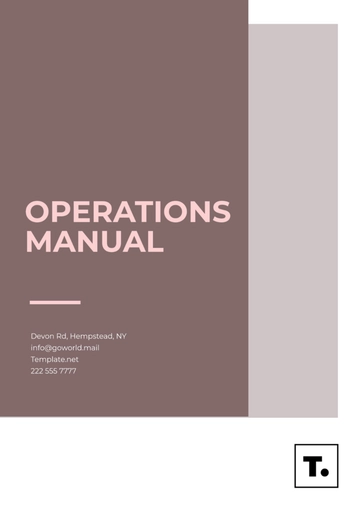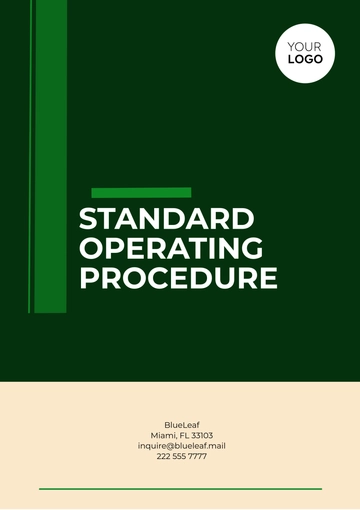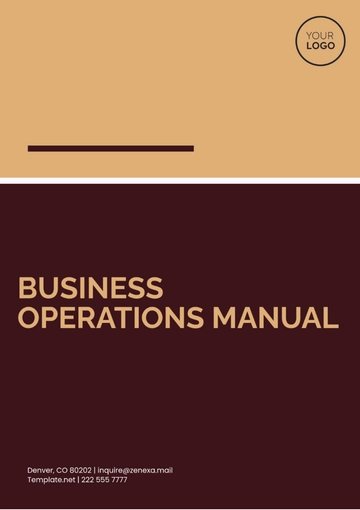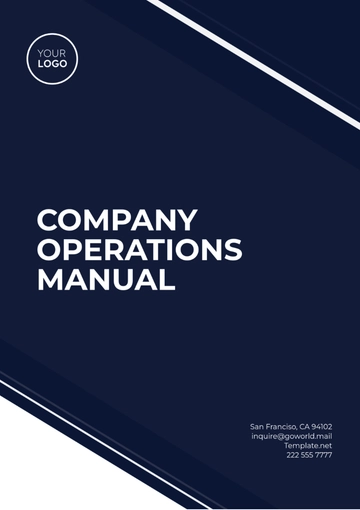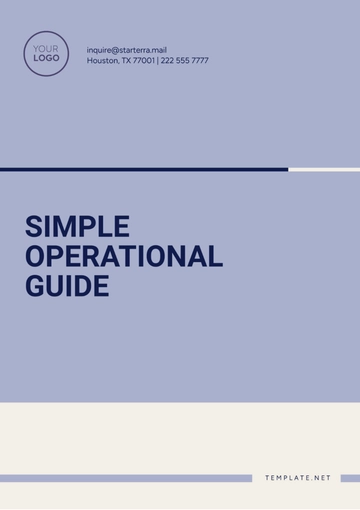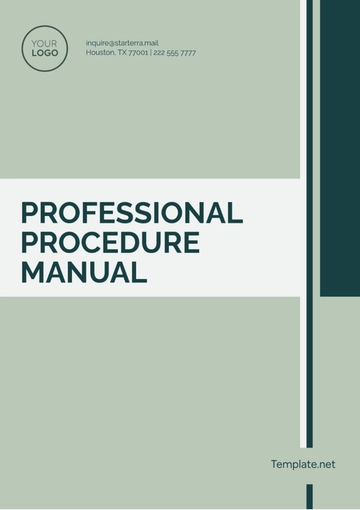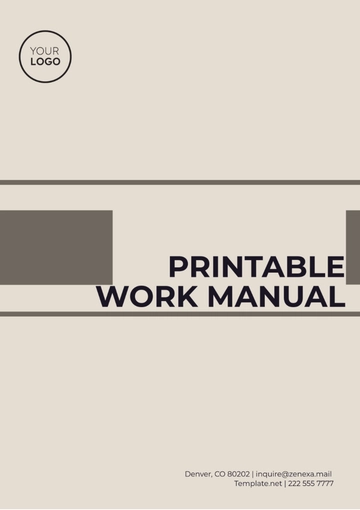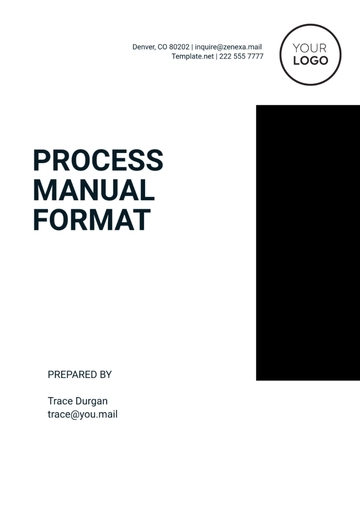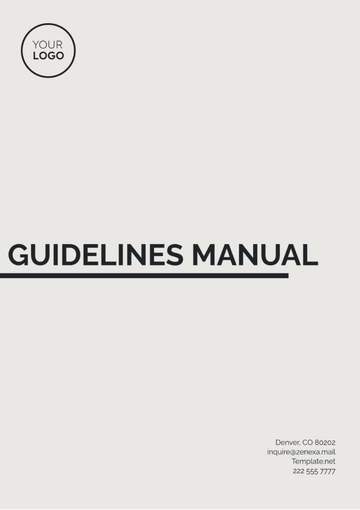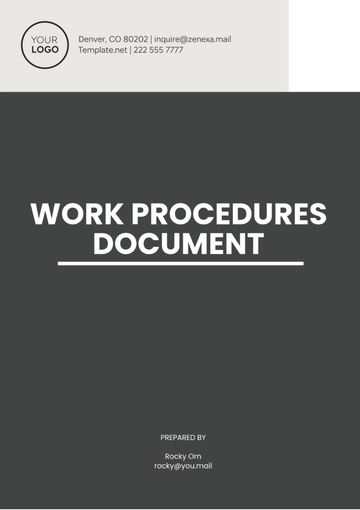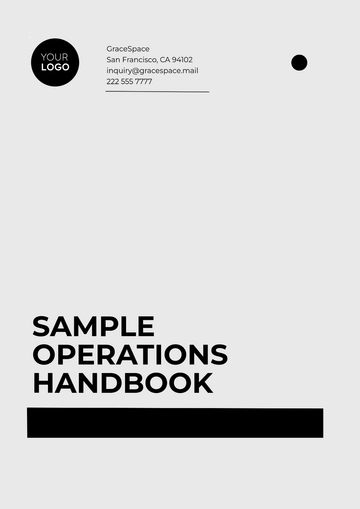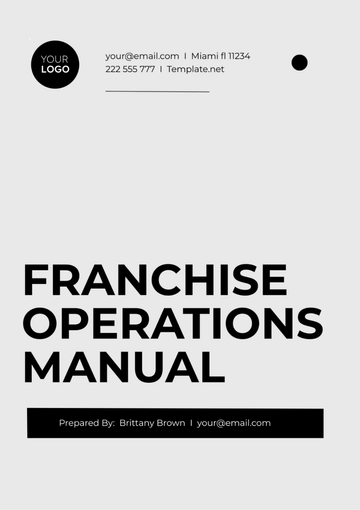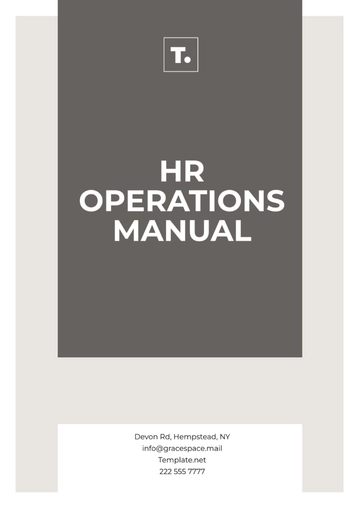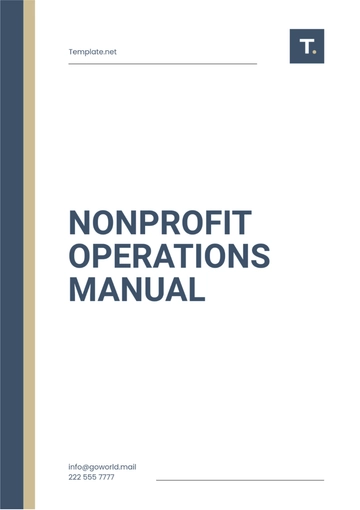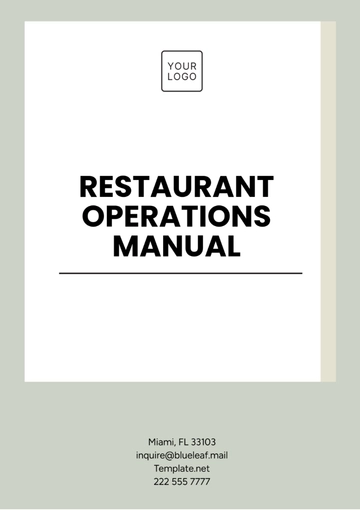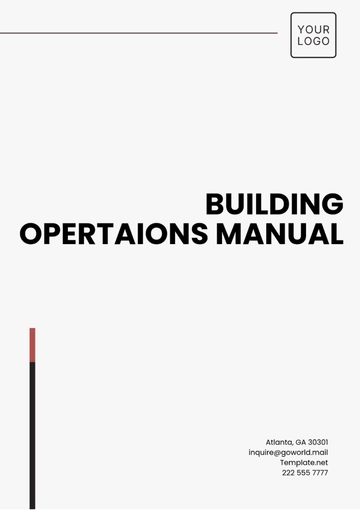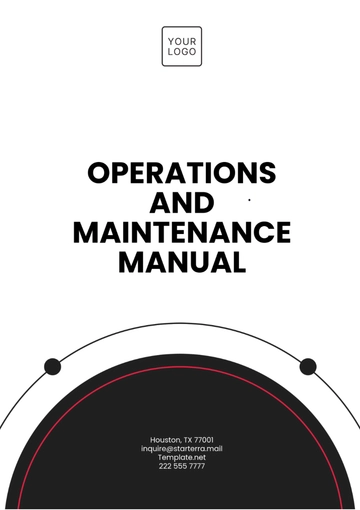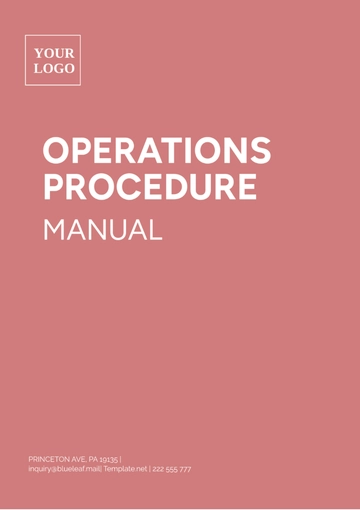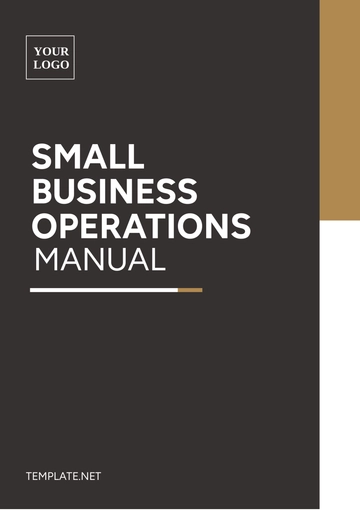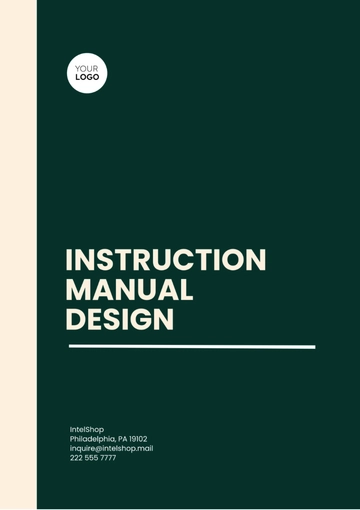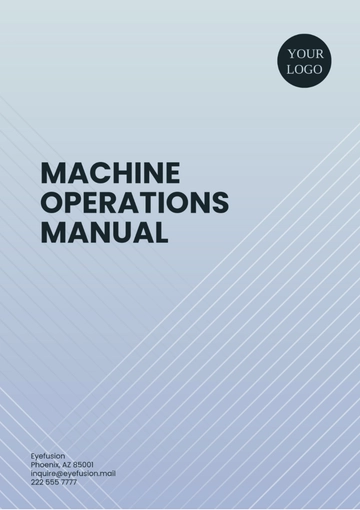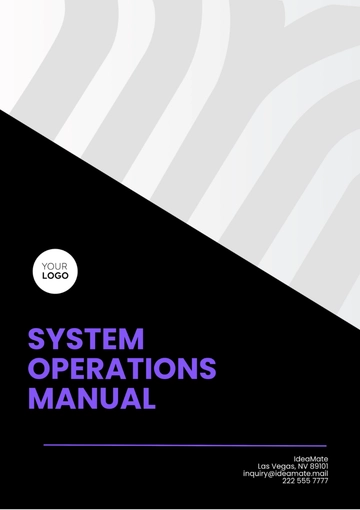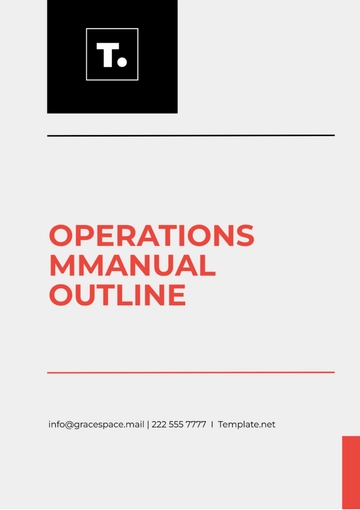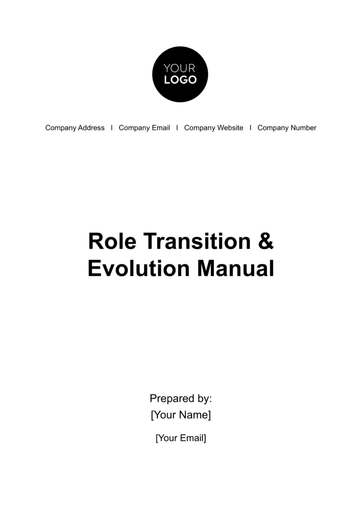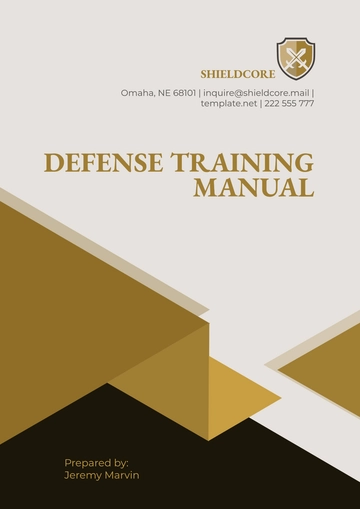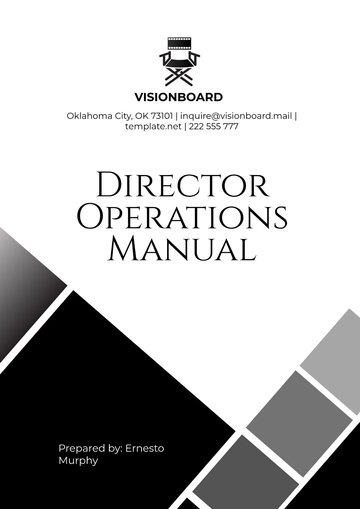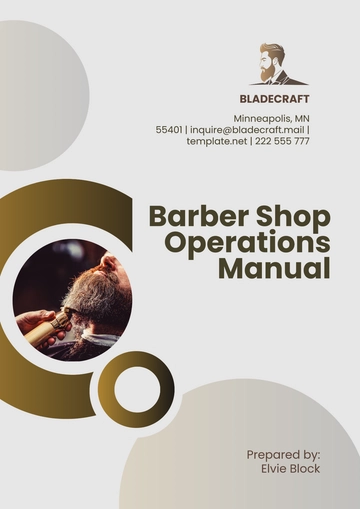Free End-to-End Event Logistics Advertising Manual
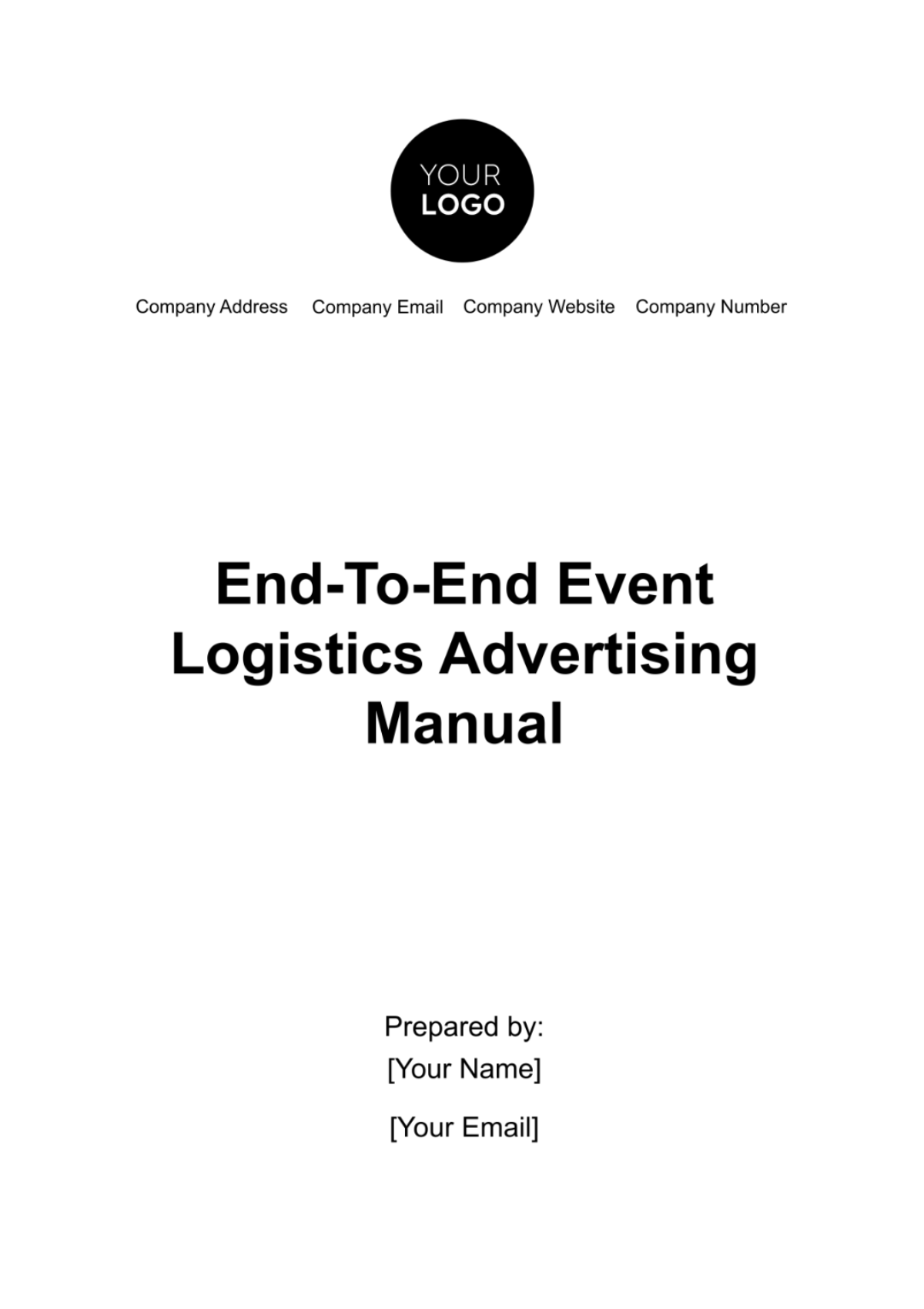
I. Introduction
Purpose Of The Manual
The primary objective of this manual is to provide a comprehensive and strategic guide for professionals involved in orchestrating events. By meticulously detailing the intricacies of both logistics management and advertising strategies, this document aims to equip readers with the necessary insights and tools to navigate the complexities of end-to-end event planning and execution.
Target Audience
Tailored for event planners, coordinators, and marketing professionals, this manual addresses the unique challenges and multifaceted responsibilities associated with seamlessly integrating logistics and advertising components. It caters to both novices entering the field and seasoned practitioners seeking refined methodologies to enhance their event management prowess.
Scope And Overview Of End-To-End Event Logistics And Advertising
The scope of this manual spans the entire lifecycle of an event, from its conceptualization to the post-event analysis. By exploring the interplay between logistics and advertising, readers will gain a holistic understanding of the symbiotic relationship between these crucial elements, fostering an environment conducive to not only successful event execution but also the creation of memorable and impactful experiences.
II. Event Planning And Coordination
In-Depth Event Conceptualization
Embark on a comprehensive exploration of the event's conceptualization phase, delving into the intricacies of ideation and thematic development. This section provides a detailed roadmap for translating abstract event ideas into concrete plans, emphasizing the importance of aligning the event concept with organizational objectives and audience expectations.
Stakeholder Identification And Engagement Strategies
Navigate the intricacies of stakeholder management with precision. Identify key stakeholders, both internal and external, and outline strategic engagement methodologies. This includes fostering effective communication channels, ensuring stakeholder buy-in, and creating a collaborative ecosystem that contributes to the success of the event.
Streamlined Coordination Procedures And Communication Protocols
Efficiency is paramount in event coordination. This section delineates streamlined procedures and communication protocols to facilitate seamless collaboration among team members and stakeholders. Emphasis is placed on the establishment of clear channels, protocols for real-time updates, and the utilization of collaborative tools to ensure everyone involved is well-informed and aligned.
Strategic Timeline Planning And Milestone Definition
Craft a meticulously detailed timeline that serves as the backbone of the entire planning process. Define key milestones, ensuring they align with the overarching goals of the event. This section provides insights into effective milestone definition, highlighting the critical moments that demand attention throughout the event's lifecycle. It emphasizes the strategic importance of timely execution for successful event outcomes.
III. Logistics Management
Effective Logistics Management is a pivotal component in the seamless execution of events. This section provides a detailed breakdown of the key elements involved in managing logistics, ensuring that all aspects are meticulously planned and executed.
Venue Selection And Layout Planning
Careful consideration of the venue is paramount to the success of any event. This sub-section delves into the intricacies of venue selection, emphasizing factors such as accessibility, capacity, and suitability to the event's theme. Additionally, it provides insights into optimal layout planning, ensuring efficient space utilization and a smooth flow of activities.
Infrastructure Requirements And Setup
A comprehensive overview of infrastructure requirements is presented, encompassing technical needs, audio-visual setups, and any specialized equipment necessary for the event. Detailed guidelines on the setup process are included, with a focus on creating an environment that aligns seamlessly with the event's objectives.
Transportation Coordination
Efficient transportation coordination is critical for the timely arrival of participants, staff, and equipment. This sub-section outlines strategies for coordinating transportation logistics, including scheduling, route planning, and contingency measures to address unforeseen challenges.
Equipment Logistics
An in-depth exploration of equipment logistics covers the procurement, handling, and setup of event-specific tools and technology. A table detailing essential equipment, their specifications, and responsible parties is included to facilitate a systematic approach to equipment management.
Equipment | Specifications | Responsible Party |
Audio Systems | Brand, Model, Capacity | AV Coordinator |
Projectors | Resolution, Lumens | Technical Team |
Registration Kiosks | Software, Connectivity | IT Support |
Personnel Management And Coordination
This subsection provides guidelines on recruiting, training, and managing event personnel. Emphasis is placed on creating a well-coordinated team, with assigned roles and responsibilities clearly defined. A table illustrating the personnel roster, roles, and contact information is included for quick reference.
Personnel | Role | Contact Information |
Event Coordinator | Sarah Thompson | sarah@email.com |
Security Officer | James Rodriguez | james@email.com |
AV Coordinator | Alex Chen | alex@email.com |
Logistics Checklist
To facilitate systematic planning, a comprehensive logistics checklist is provided. This checklist covers pre-event preparations, on-site logistics, and post-event activities. Utilize this tool to ensure that all logistical elements are accounted for and executed with precision.
Venue booked and confirmed | |
Infrastructure requirements identified and sourced | |
Transportation schedule finalized | |
Equipment procurement and setup plan in place | |
Personnel roles and responsibilities communicated | |
Contingency plans for unforeseen logistics challenges established |
IV. Advertising And Promotional Strategies
Effective advertising and promotional strategies are paramount to the success of any event. This section delves into the art of crafting compelling event narratives and themes, providing a strategic overview of diverse advertising channels. From traditional avenues to cutting-edge digital marketing, this section navigates the integration of advertising seamlessly with event themes. Furthermore, it outlines key metrics for evaluating advertising success, ensuring a data-driven approach to refining promotional strategies for optimal impact.
V. Budgeting And Financial Planning
Effective budgeting and financial planning are pivotal aspects of a successful event. This section provides a detailed framework to facilitate meticulous financial management throughout the event lifecycle.
Budget Framework
Establishing a robust budget framework is foundational to financial success. Consider the following elements:
Income Projection: Forecast potential revenue streams from ticket sales ($50,000), sponsorships ($30,000), and merchandise ($10,000).
Expense Categorization: Classify expenses into categories such as logistics, advertising, personnel, and contingencies.
Resource Allocation: Determine the allocation of resources to each budget category based on priority and impact.
Expense Categorization
To ensure a comprehensive understanding of financial commitments, categorize expenses as follows:
Logistics: Venue rental ($15,000), transportation ($5,000), equipment procurement ($8,000), and related infrastructure ($7,000).
Advertising: Costs associated with promotional campaigns ($12,000), materials ($5,000), and media channels ($8,000).
Personnel: Salaries ($25,000), allowances ($3,000), and any additional human resource-related expenditures ($7,000).
Contingencies: Allocate a percentage for unforeseen expenses, such as emergencies and last-minute requirements (e.g., 10% of the total budget - $12,000).
Financial Management Strategies
Implementing effective financial management strategies is crucial for resource optimization:
Cost Control Measures: Periodically assess and adjust expenses to align with budgetary constraints.
Regular Monitoring: Implement a system for continuous financial monitoring and real-time updates using dedicated software ($2,000 investment).
Vendor Negotiations: Engage in proactive negotiations with vendors to secure favorable terms and potentially reduce expenses.
Resource Optimization Techniques
Optimizing resources ensures judicious use of funds. Consider the following techniques:
Technology Integration: Utilize advanced event management software ($5,000 license cost) for streamlined financial tracking.
Sponsorship Maximization: Explore opportunities for strategic partnerships to offset costs, aiming for a minimum of three major sponsors.
In-Kind Contributions: Seek in-kind contributions for specific needs, such as catering, signage, or promotional materials.
Budget Summary Table
Budget Category | Estimated Amount ($) | Allocated Percentage (%) |
Income Projection | $90,000 | - |
Logistics | $35,000 | 38.9% |
Advertising | $25,000 | 27.8% |
Personnel | $35,000 | 38.9% |
Contingencies | $12,000 | 13.3% |
Total Budget | $90,000 | 100% |
This table provides a specific breakdown of budget allocation, aiding in transparent and strategic financial planning. Regularly revisit and update the budget to adapt to evolving circumstances, ensuring fiscal responsibility throughout the event's lifecycle.
VI. Timeline And Milestone Tracking
A well-structured timeline and milestone tracking system are integral components of event management. This section provides a concise overview of the key elements.
Detailed Event Timeline
A meticulously crafted event timeline serves as a roadmap for the entire event lifecycle. It outlines crucial milestones and associated deadlines, ensuring a synchronized execution of tasks. Key elements include:
Pre-Event: Initiation, planning, and coordination phases.
Event Execution: Day-of logistics, advertising campaigns, and real-time adjustments.
Post-Event: Evaluation, feedback collection, and analysis.
Milestone Definition And Importance
Clearly defined milestones serve as indicators of progress and success. Each milestone should be:
Specific: Clearly articulated and measurable.
Time-Bound: Associated with a specific date or time frame.
Achievable: Realistic within the given resources and constraints.
Relevant: Directly contributing to the overall success of the event.
Trackable: Observable and verifiable.
Milestone Tracking Mechanisms
Efficient milestone tracking relies on robust mechanisms that include:
Project Management Tools: Utilize tools like Trello or Asana for collaborative milestone tracking.
Regular Reviews: Conduct frequent reviews to assess progress and adjust timelines if necessary.
Communication Protocols: Establish clear communication channels for milestone updates and issue resolution.
Effective timeline and milestone management are critical for maintaining momentum and ensuring that the event progresses smoothly according to plan. Regularly revisit and update the timeline as needed to adapt to evolving circumstances.
VII. Risk Management And Contingency Planning
This section focuses on two critical aspects: identifying potential risks and establishing effective contingency plans.
Identification Of Potential Risks
Thoroughly assess risks associated with logistics, advertising, personnel, and external factors such as weather and local regulations.
Contingency Planning Strategies
Develop comprehensive contingency plans for logistics, advertising, personnel, and emergency situations. This includes alternative options for transportation, venues, equipment, marketing strategies, personnel mobilization, and emergency response protocols.
Crisis Communication Protocols
Establish clear communication protocols for efficient handling of crises. This involves defining communication chains, compiling emergency contacts, and developing strategies for media management.
VIII. Compliance And Legal Considerations
Ensuring adherence to legal and regulatory frameworks is imperative for a seamless event execution. This section provides a concise overview of compliance and legal considerations to mitigate risks and foster a compliant environment.
Local Regulations And Legal Requirements
Navigate the legal landscape by:
Researching Local Regulations: Conduct a thorough examination of local laws governing events, covering aspects such as permits, noise ordinances, and safety regulations.
Securing Necessary Permits: Identify and obtain required permits well in advance, encompassing aspects like venue usage, liquor licensing, and any specific event-related permits.
Documentation Procedures For Legal Compliance
Facilitate legal compliance through:
Contractual Agreements: Draft and review contracts meticulously, ensuring clarity on roles, responsibilities, and liabilities.
Participant Waivers And Consent Forms: Implement comprehensive waivers and consent forms to manage potential risks and liabilities, especially for activities with inherent risks.
Incorporating these compliance and legal considerations into the event planning process establishes a solid foundation for risk mitigation and legal adherence. Regular legal consultations are recommended to stay abreast of any changes in local regulations and to ensure the event's seamless and lawful progression.
IX. Conclusion
This manual serves as an indispensable guide for orchestrating successful events through meticulous End-to-End Event Logistics and Advertising. By encapsulating a wealth of information, it empowers individuals and organizations to navigate the complexities of event management with finesse. Key takeaways include:
Strategic Planning: Emphasizing the importance of meticulous planning and coordination from the event's conceptualization.
Comprehensive Logistics: Providing a detailed roadmap for managing logistics encompassing venue selection, transportation, and personnel coordination.
Impactful Advertising: Delving into advertising strategies that seamlessly integrate with event themes, utilizing both traditional and digital channels.
Financial Prudence: Establishing a robust budget framework, categorizing expenses, and implementing strategies for effective financial management.
Continuous Improvement: Advocating for post-event evaluation, data analysis, and recommendations for future events.
This manual, with its detailed insights and practical methodologies, is poised to be an invaluable resource for individuals and companies committed to delivering exceptional and memorable events. As the event landscape evolves, the principles outlined in this manual will serve as a steadfast foundation for achieving success in the dynamic realm of event logistics and advertising.
- 100% Customizable, free editor
- Access 1 Million+ Templates, photo’s & graphics
- Download or share as a template
- Click and replace photos, graphics, text, backgrounds
- Resize, crop, AI write & more
- Access advanced editor
Introducing Template.net's End-to-End Event Logistics Advertising Manual Template. This editable and customizable tool, powered by our AI Editor Tool, streamlines event logistics planning from start to finish. Seamlessly manage transportation, warehousing, and distribution, ensuring flawless execution of your advertising initiatives. Elevate your event logistics with Template.net's innovative solutions.
